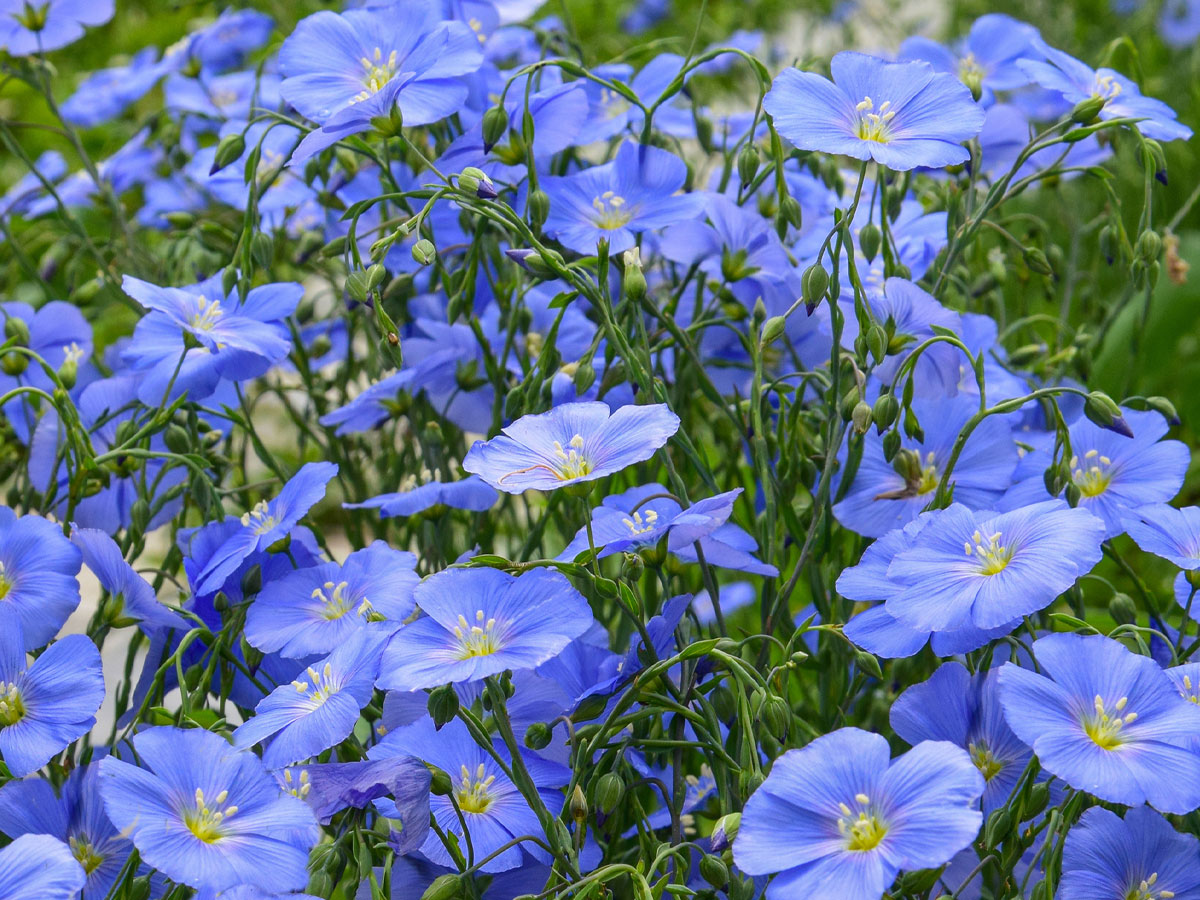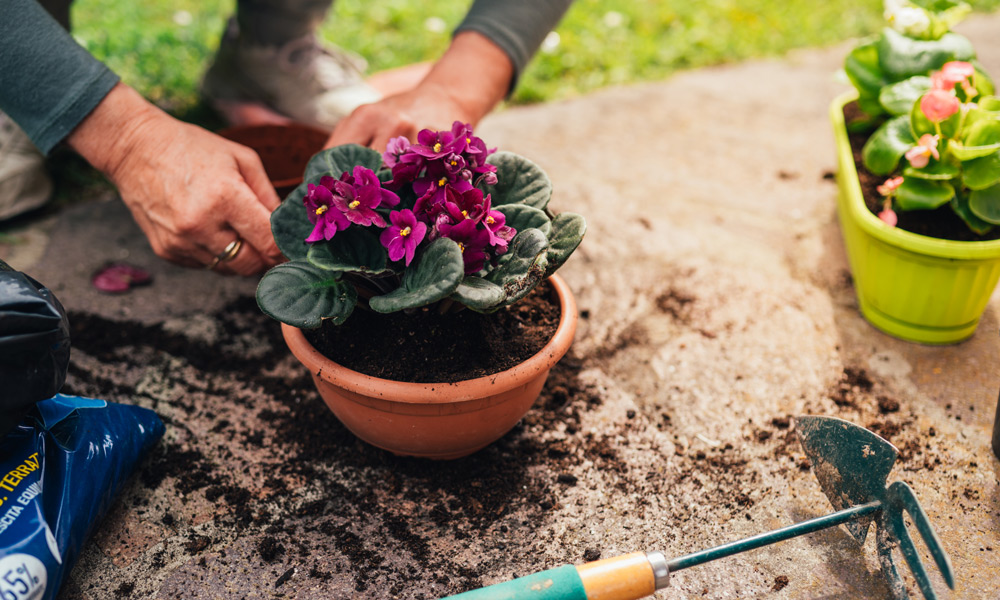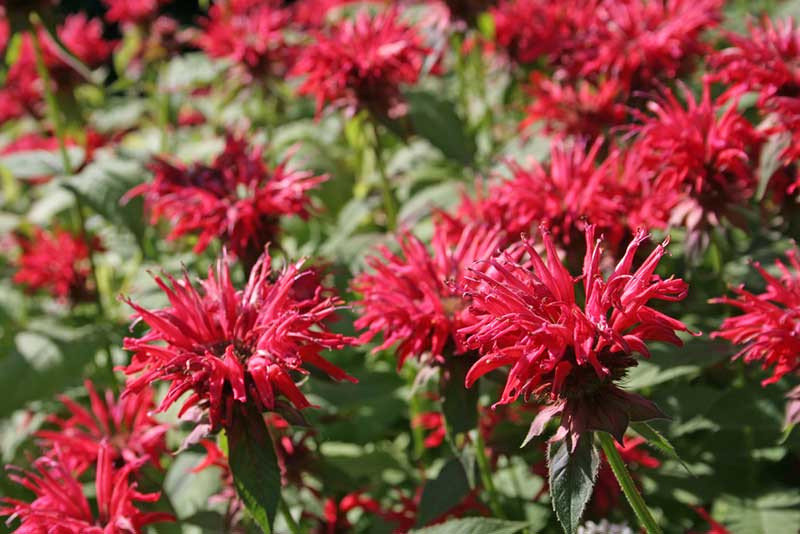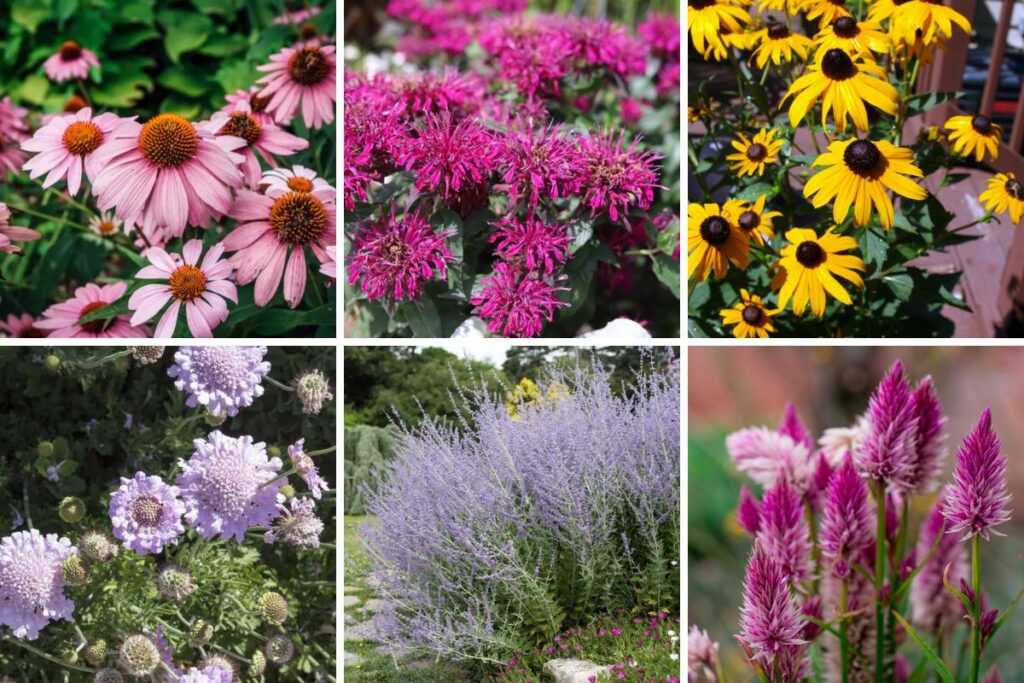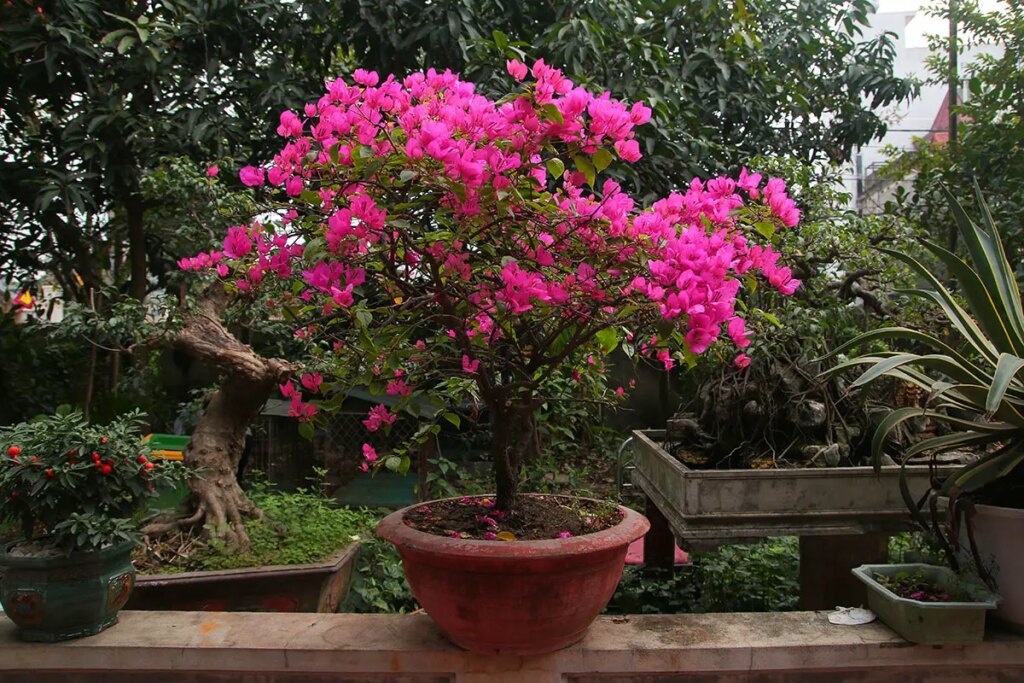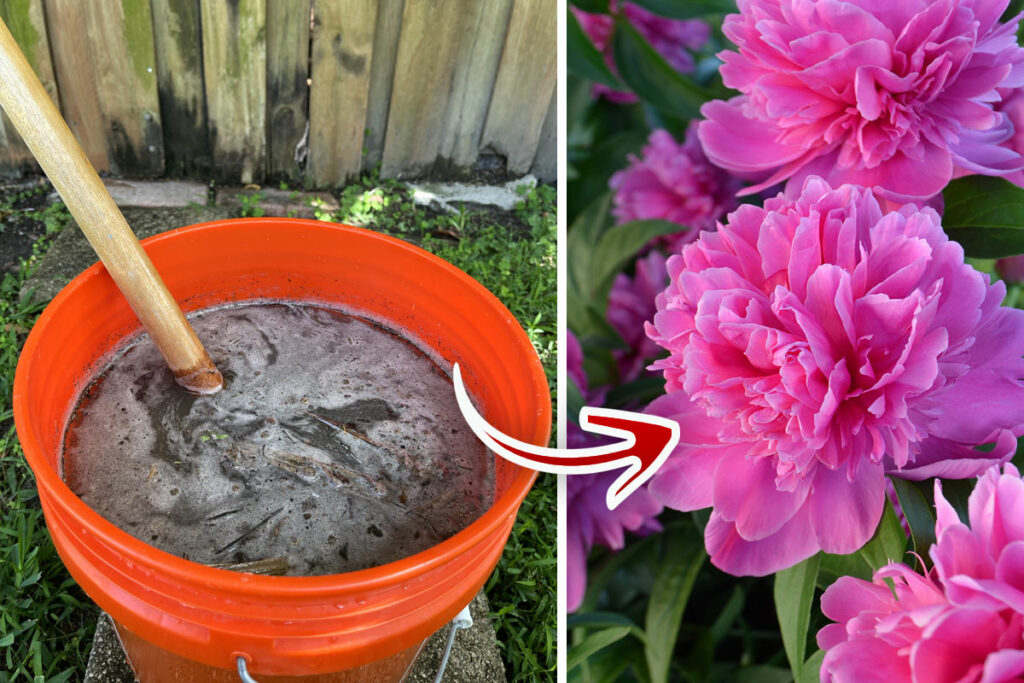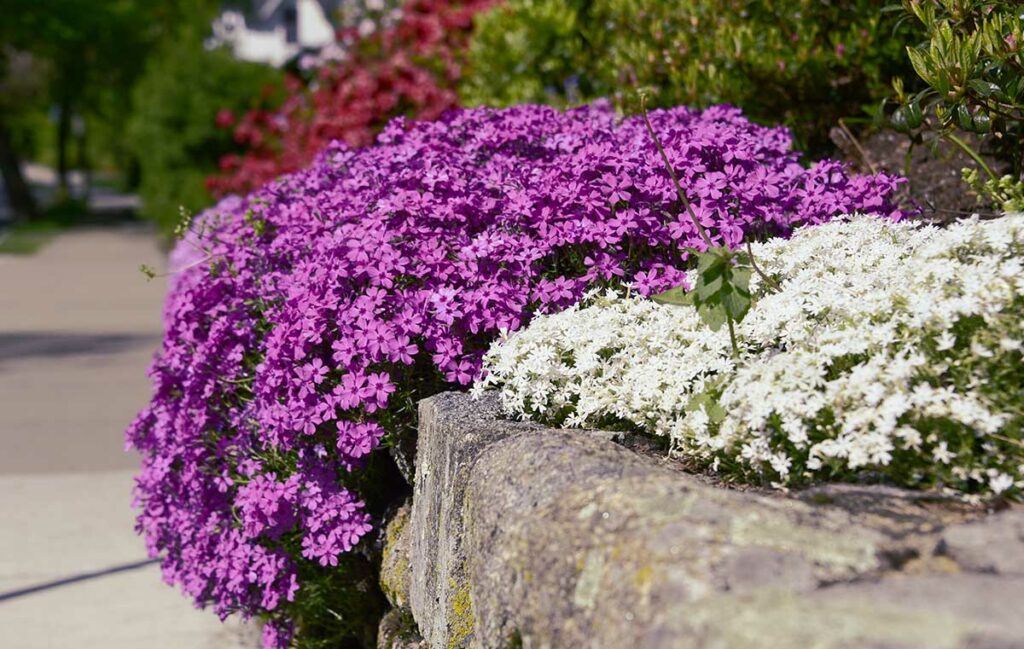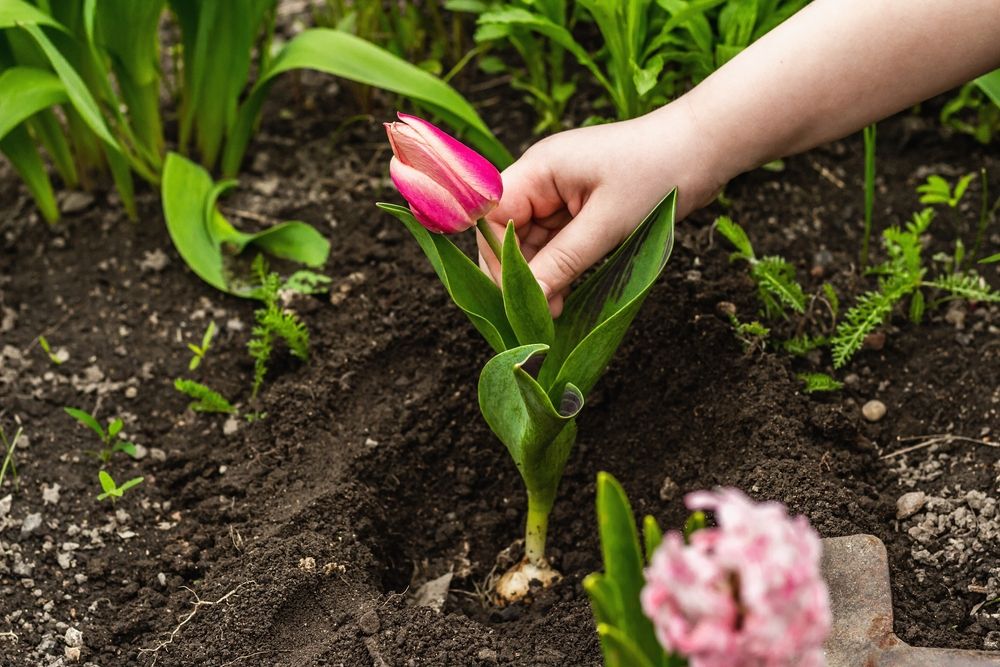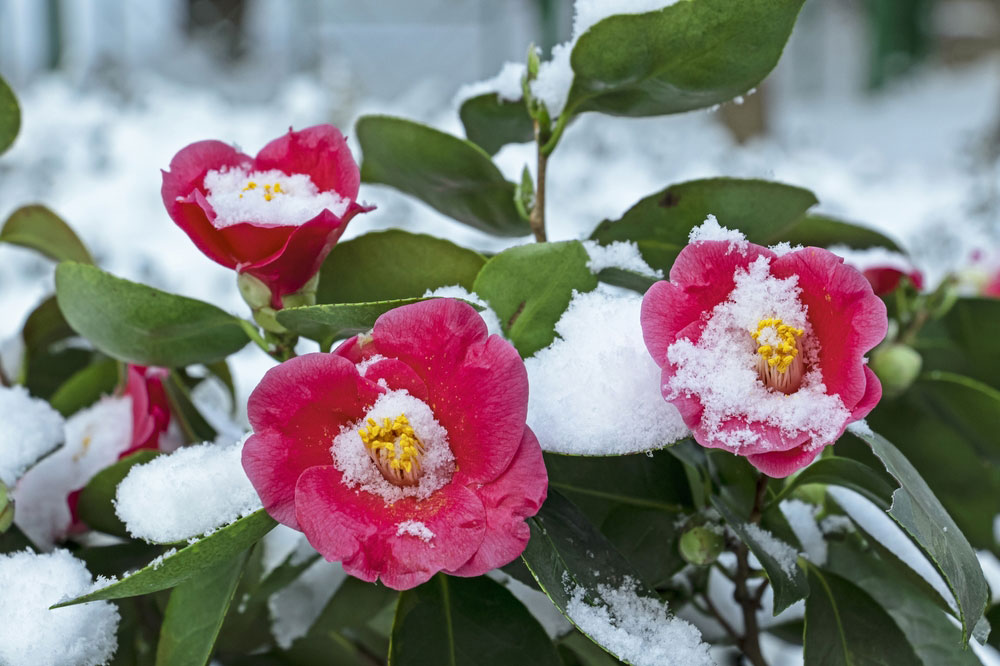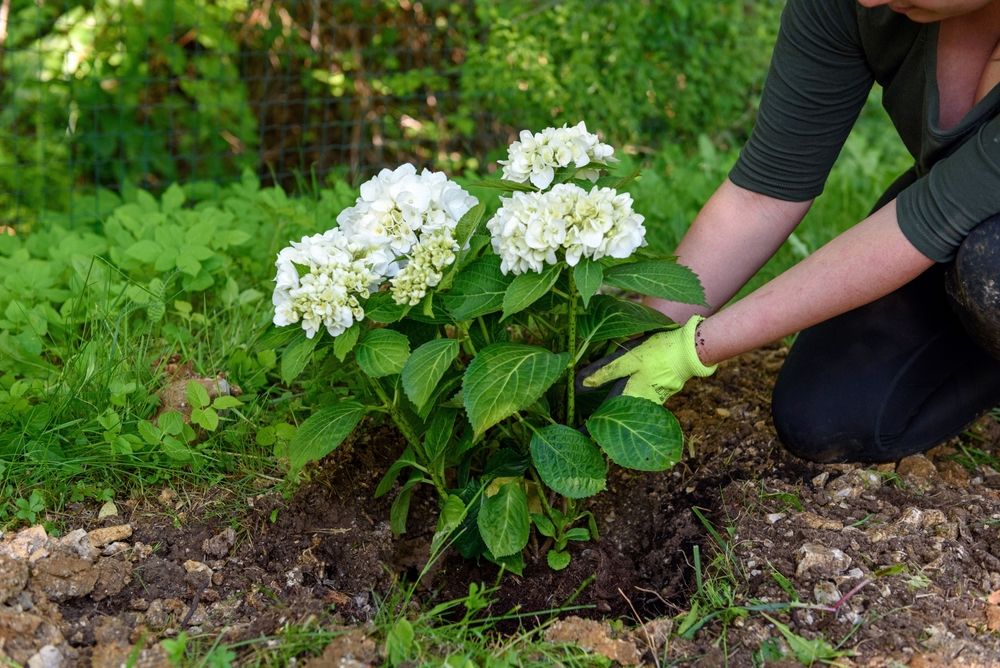
Memorial Day is a solemn occasion observed annually in the United States to pay tribute to the brave men and women who have made the ultimate sacrifice while serving in the country’s armed forces. As Americans gather to commemorate this day, one poignant symbol that has become synonymous with remembrance is the poppy flower.
In this article, we will explore the significance of the poppy as a symbol of remembrance and delve into its rich history.
The Poppy’s Symbolism
The poppy flower, specifically the red corn poppy (Papaver rhoeas), holds deep symbolism and is associated with remembrance and sacrifice. This symbolism traces back to World War I, where poppies bloomed amidst the desolate battlefields of Flanders, Belgium. Inspired by the famous war poem “In Flanders Fields” by Lieutenant Colonel John McCrae, the poppy became a poignant emblem of remembrance.
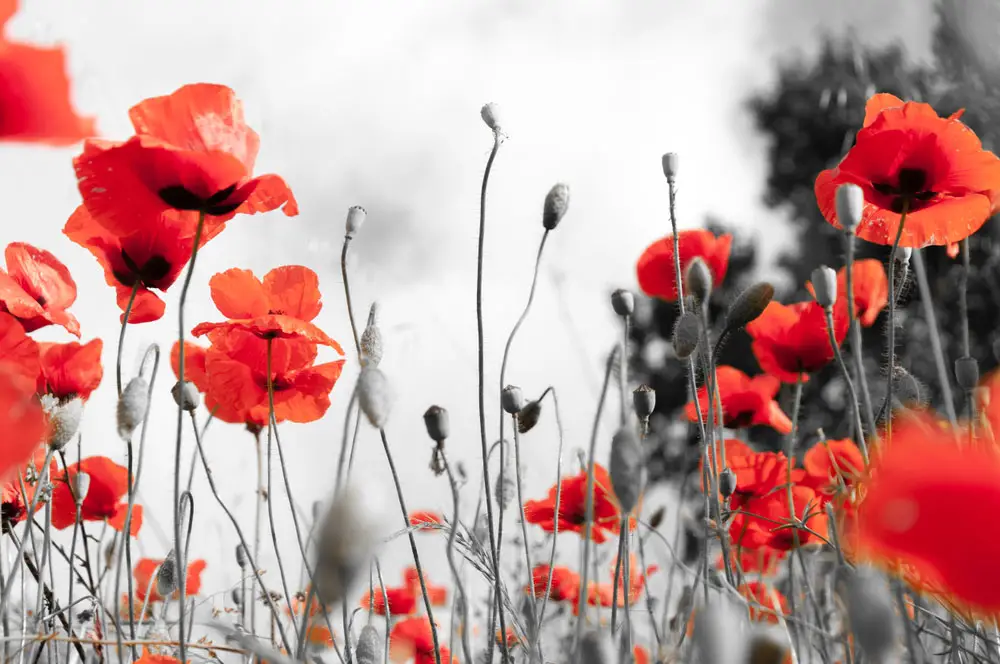
In Flanders Fields
Lieutenant Colonel John McCrae, a Canadian physician and poet, wrote the poem “In Flanders Fields” during World War I. The poem vividly captured the image of poppies growing amidst the graves of fallen soldiers in Flanders Fields, a region heavily impacted by the war. McCrae’s poem became a powerful symbol of remembrance and inspired the adoption of the poppy as a symbol of honoring fallen soldiers.
The Poppy’s Significance
The poppy’s scarlet petals and black center serve as a reminder of the bloodshed and mourning caused by war. By wearing or displaying poppies, individuals pay tribute to those who have given their lives in service to their country. The poppy has become a symbol of hope, resilience, and a commitment to never forget the sacrifices made by the military personnel who have defended freedom.
The Poppy and Memorial Day
In the United States, the tradition of wearing poppies on Memorial Day originated from the influence of Moina Michael, an American professor and humanitarian. Inspired by McCrae’s poem, she started a campaign to make the poppy a recognized symbol of remembrance. The American Legion adopted the red poppy as its official symbol of remembrance in 1920, and it has since been distributed and worn on Memorial Day to honor fallen soldiers.
Characteristics of Poppies
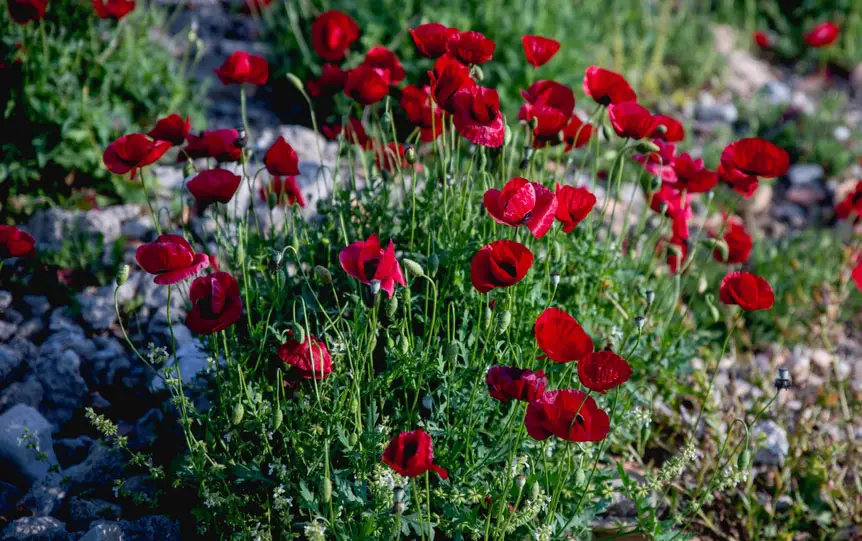
Red corn poppies, also known as Flanders poppies or Shirley poppies, are annual flowering plants that can reach a height of 2 to 3 feet (60-90 cm).
They feature delicate, papery flowers with four petals and a black or purplish center.
The flowers bloom in various shades of red, often with white or pink accents, creating a striking visual display. These poppies are easy to grow and can add a touch of beauty and symbolism to any garden.
Growing Tips for Red Corn Poppies
- Planting Zones: Red corn poppies thrive in USDA zones 3 to 9. They are adaptable and can be grown in a variety of climates, making them a suitable choice for many regions in the United States.
- Soil Preparation: Poppies prefer well-draining soil that is slightly alkaline. Prepare the soil by loosening it with a garden fork or tiller to a depth of 6 to 8 inches. Remove any debris or rocks and add organic matter, such as compost, to improve soil fertility.
- Sowing Seeds: Red corn poppies are best grown from seeds, which can be sown directly into the garden bed in early spring or late fall. Scatter the seeds over the prepared soil and lightly press them into the ground. Avoid burying the seeds too deep, as they require light to germinate.
- Sunlight and Watering: Poppies thrive in full sun to partial shade. Ensure they receive at least 6 hours of direct sunlight daily. Water the plants regularly, keeping the soil evenly moist but not waterlogged. Once established, red corn poppies are somewhat drought-tolerant.
- Spacing: When the seedlings emerge, thin them to provide adequate space for each plant to grow. Space the plants about 6 to 12 inches apart, allowing enough room for air circulation and preventing overcrowding.
- Maintenance: Red corn poppies generally require minimal maintenance. Remove weeds around the plants to prevent competition for nutrients and water. Deadhead faded flowers regularly to encourage prolonged blooming and prevent seed formation.
- Harvesting Seeds: If you wish to collect seeds for future planting, allow some flowers to mature and dry on the plant. Once the seed capsules turn brown and rattle when shaken, gently collect them and store in a cool, dry place for next year’s sowing.

